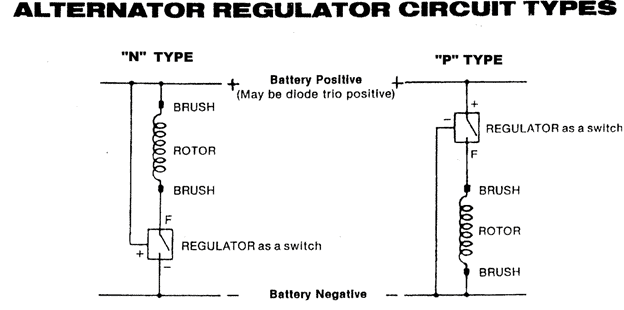BobR
Solar Enthusiast
- Joined
- Jan 4, 2021
- Messages
- 305
I am planning my solar/alternator charging system for my powerboat.: [ (2) 230 AH 24 volt Lifepo4 batteries, 70- 100amp alternator, approx 1,000 watt pv panels. This will be installed in the summer of 2023.
My question/ observation is the problem of the alternator regulator seeing the output of the solar panels and thereby reducing the output of the regulator.
Here is a quote from the Balmar site.
"Can I run my alternator, solar panels and/or wind generator at the same time and charge that much faster?
The problem with multiple charging sources is that they tend to fool one another. Say your solar panel (or wind generator) is charging the battery at 14 volts and pushing in 10 amps. You start the engine/alternator up and it sees not the true State of Charge of the battery but 14 volts from the solar panel. The alternator thinks the battery is fully charged and puts out the minimum current (only a few amps). The result is the alternator is not doing anything and the solar is putting in only 10 amps. This condition isn’t damaging to the charging assets, but it is inefficient charging."
Any thoughts will be appreciated.
My question/ observation is the problem of the alternator regulator seeing the output of the solar panels and thereby reducing the output of the regulator.
Here is a quote from the Balmar site.
"Can I run my alternator, solar panels and/or wind generator at the same time and charge that much faster?
The problem with multiple charging sources is that they tend to fool one another. Say your solar panel (or wind generator) is charging the battery at 14 volts and pushing in 10 amps. You start the engine/alternator up and it sees not the true State of Charge of the battery but 14 volts from the solar panel. The alternator thinks the battery is fully charged and puts out the minimum current (only a few amps). The result is the alternator is not doing anything and the solar is putting in only 10 amps. This condition isn’t damaging to the charging assets, but it is inefficient charging."
Any thoughts will be appreciated.



